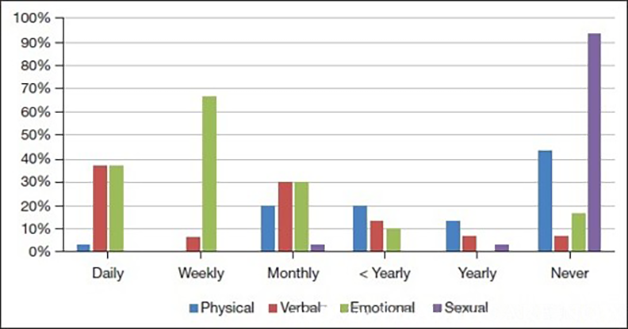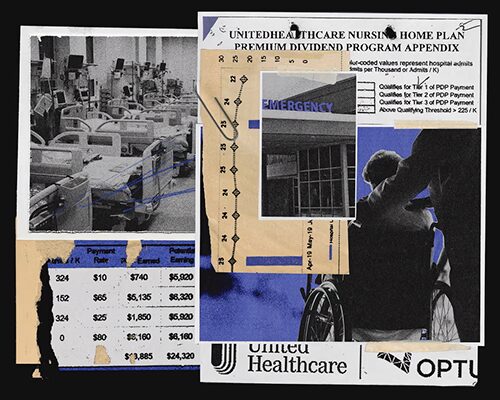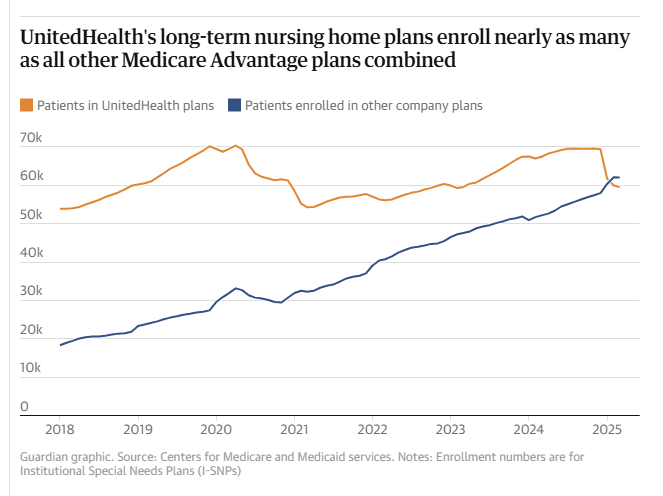CMS Home Health Proposed Rule 2026
by Kristin Rowan, Editor
CMS Home Health Proposed Rule 2026
June 30th, 2025, the Centers for Medicare & Medicaid Services issued its proposed rule with updates to Medicare payment policies and rates for home health agencies under the Home Health Prospective Payment System Proposed Rule for calendar year 2026.
Payment Adjustments
The Facts, as Listed by CMS
- A permanent prospective adjustment to home health payments of -4.059% (not applied to LUPAs)
- Reasoning: the impact of implementing PDGM
- A temporary adjustment of -5.0% (not applied to LUPAs)
- Reasoning: to recoupe retrospective overpayments
- Updates Fixed-Dollar Loss (FDL) adjustment of -0.5%
- Payment Update Percentage of 2.4%
- Quality data decrease of 2%, offset by the update percentage yields a 0.4% adjustment
- Net changes in payment rate from 2025 to 2026 with quality reporting data is -6.40%
Contradictory Facts, as Listed by CMS
- The finalized methodology used to calculate the impact of PDGM yielded the need for a -7.85% permanent adjustment
- In CY 2023, 2024, and 2025, CMS implemented permanent adjustments of -3.925%, -2.890%, and -1.975%, respectively
- The total permanent adjustment made in the last three years is -8.790% (0.940% more than the calculated adjustment need)
- CMS has now determined that Medicare is still paying more under PDGM than it did under the old system and is proposing an additional permanent adjustment of -4.059%
- This yields a combined -12.849% permanent adjustment over four years
- The CMS analysis of estimated aggregate expenditures lead them to propose an additional temporary adjustment of -5.0%
HHCAHPS Survey Changes
Added Questions
- Whether the care provided helped the patient take care of their health.
- Whether the patient’s family/friends were given sufficient information and
instructions. - Whether the patient felt the staff cared about them “as a person.”
Removed Questions - Medication
- Whether someone asked to see all the prescription and over-the-counter medicines
the patient was taking. - Whether the patient is taking any new prescription medicines or whether the patient’s
medicines have changed. - Whether home health providers talked to the patient about the purpose for taking new
or changed prescription medicines. - Whether home health providers talked to the patient about when to take the
medicines.
Removed Questions - Other
- Which type of staff served the patient – nurse, PT/OT, or home care aide
- Whether the patient got information about what care and services they would get when they first started home health care
- Removal of the proposed changes to include questions on SDOH
- Minor text changes to clarfiy some existing questions and response options
Other Changes
CMS recommends additional changes in various categories:
- Recalibration of the PDGM case-mix weights
- Update low utilization payment adjustment (LUPA) thresholds
- Update functional impairment levels
- Update comorbidity adjustment subgroups
- Update the fixed-dollar loss (FDL) for outlier payments
- Change the face-to-face encounter policy by adding physicians to the list of who can perform the face-to-face
- Removal of the “Up-to-date” on the COVID-19 vaccine percentage
- Changing the Final Data Submissions Deadline Period from 4.5 months to 45 days
- Adding a Termination Clause for DME, prosthetics, orthotics, and supplies competitive bidding program
Requests for Information and Feedback
CMS has issued the following RFI:
CMS is seeking feedback on the proposed rule through
August 29th, 2025
- Feedback on the digital quality measurement transition
- Feedback on the final data submission deadline from 4.5 months to 45 days
- Feedback on tools that promote healthy eating habits, exercise, nutrition, and physical activity
- Feedback on the current state of health IT use, including EHRs
- Feedback on the proposed changes to DMEPOS


The Alliance Responds
“We are alarmed by the negligent proposed payment update, which deepens a heartless pattern of insufficient adjustments that have already led providers to close their doors and reduce services, and now threatens to further diminish care access by compelling more HHAs to take similar actions.”


Kristin Rowan has been working at The Rowan Report since 2008. She is the owner and Editor-in-chief of The Rowan Report, the industry’s most trusted source for care at home news, and speaker on Artificial Intelligence and Lone Worker Safety and state and national conferences.
She also runs Girard Marketing Group, a multi-faceted boutique marketing firm specializing in content creation, social media management, and event marketing. Connect with Kristin directly kristin@girardmarketinggroup.com or www.girardmarketinggroup.com
©2025 by The Rowan Report, Peoria, AZ. All rights reserved. This article originally appeared in The Rowan Report. One copy may be printed for personal use: further reproduction by permission only. editor@therowanreport.com












